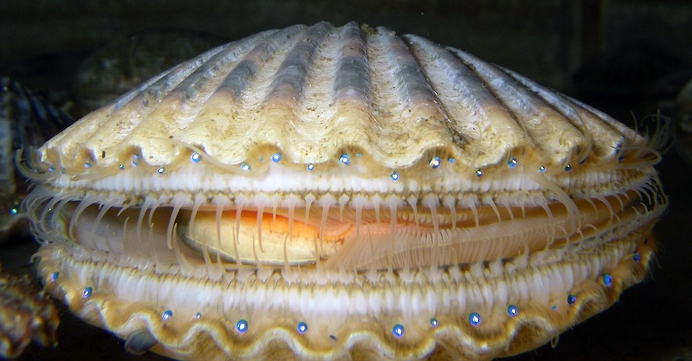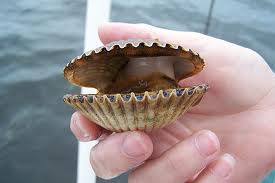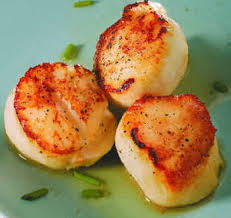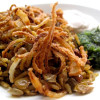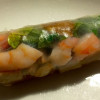With Valentine’s Day a rose-tinted memory, the next date in your food calendar ought to be the Rye Bay Scallop Week – which takes place between the 15th and the 23rd February. And these aren’t the scallops you’ll find in your supermarket; when you buy those, the chances are you’re buying molluscs that have been harvested from China or the USA. However, the best scallops are the ones you’ll find congregating in the shallows around the UK; it’s generally recognised that we produce the best bivalves in the world.
Combing for Scallops
For the Rye Bay Festival, scallops are harvested using traditional methods which, given the recent hammering the coast has taken, means two fisherman taking their lives in their hands in scalloping boats, under 10 metres long. The main weapon in their arsenal is a scalloping comb, which is pretty much what it sounds like: a giant wooden comb, with a net tagged on the back. The comb dredges the water-bed, flipping the scallops into the net and they’re then hauled out. Unfortunately for the fishermen, February is the month when scallops reach their peak, in terms of size and flavour. It’s pretty much the same where the waves are concerned. With the scallop beds being tidal and at a depth of between 100 – 150 metres and the shipping lanes being so close, there’s no chance of hand-diving – so it’s back to the old ways. The daily haul is between 100 and 200 scallops which, compared to what they can pull out in Scotland, isn’t a huge amount.
Rye Bay takes its scallops pretty seriously; 15 pubs and restaurants will be devising their own ways to celebrate this magnificent mollusc. On top of that, there are fun runs, involving wheelbarrow-loads of shells, cookery schools, shucking classes and live music. You can even listen to local poets espousing the delights of the hermaphrodite of the high-seas.
The Sexy Scallop
To call them hermaphrodites isn’t entirely accurate; there are males and there are females, but there are those that have both sets of sex organs. And just to spice things up a bit, there are those who change sex in their youth. Mating’s a fairly messy process: the male fires his sperm into the water, while the female releases eggs and, with a bit of luck, a few manage to get their respective acts together and make little scallops. You can tell whether you’re eating a male or female scallop by the colour of the roe: males have white roes, while the males have white ones.
If it works for trees…
You can even tell how old one of these weird-looking creatures is, by looking at its shell. You know those rings you see on the shell, that make it the one that kids are so delighted to find on the beach? It takes one year to form one ring – so two rings, means you’ve found a two-year-old and so on. It’s pretty rare to find anything with more than three rings; unlike those brought in from the States and China that only live for 12 to 18 months, the UK scallop can live for up to three years.
If the Rye Bay Scallop Week tickles your fancy, you can find out the wheres and whens, by checking out their website, here: http://scallop.org.uk/ Now, go and shuck yourself!
